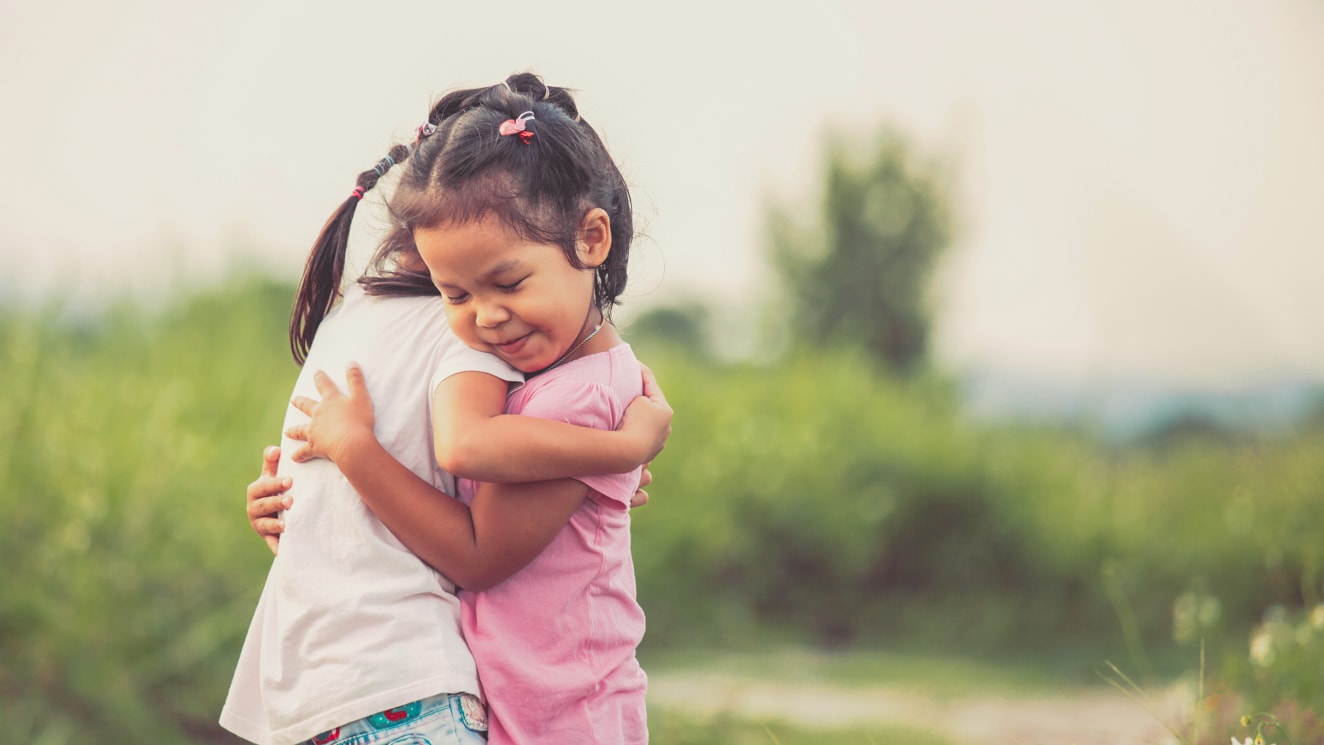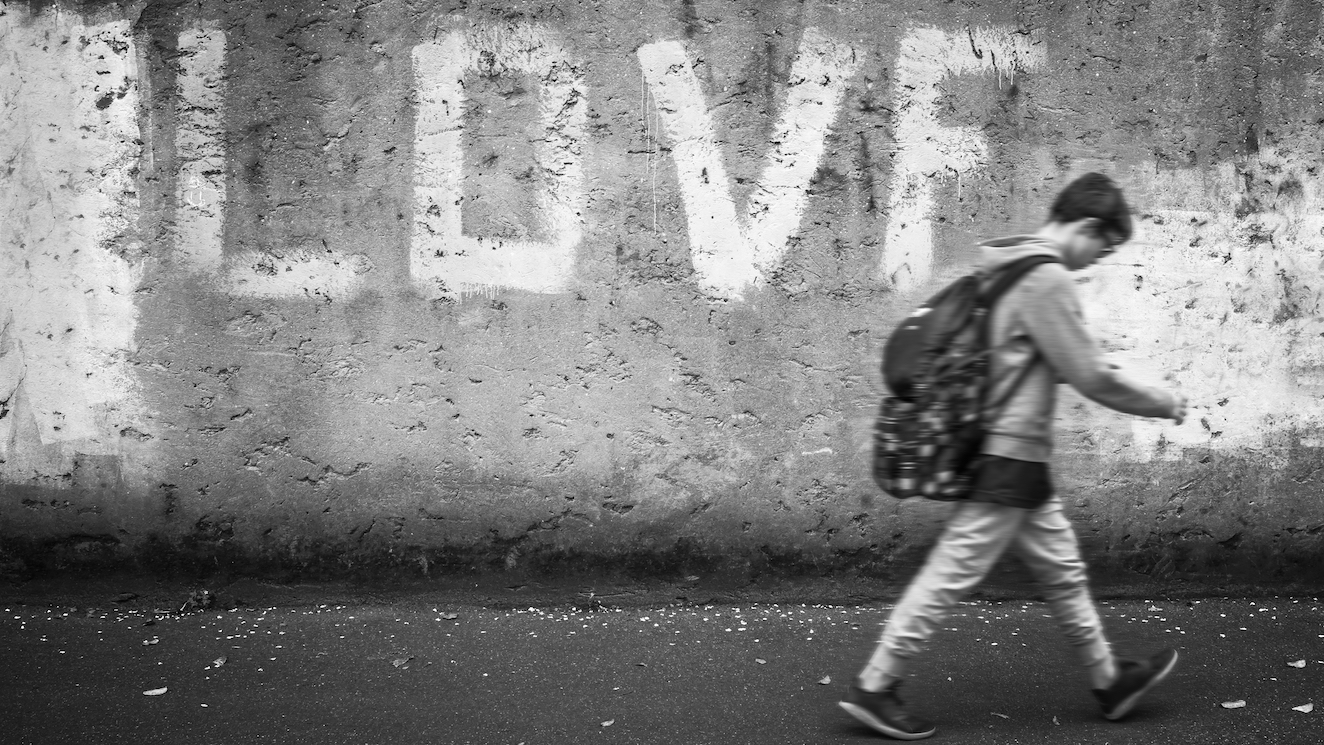

As a psychotherapist, I’m very aware of how all the current uncertainty in the world is impacting my clients, and in the face of these difficult emotions, I often recommend starting a practice of mindfulness.
Mindfulness is a word we hear thrown around a lot, and its definition is actually pretty simple: mindfulness is intentionally paying attention to your moment-to-moment experience. Exercises often involve focusing our attention on one anchor, which could be breath, sound, or sensations. Some people will use the word mindfulness synonymously with meditation, but typically meditation refers to a formal practice for a set period of time, whereas mindfulness is a state of awareness that we can practice during everyday activities (as well as being a type of meditation practice). Mindfulness can be used as an on-the-spot tool, which is what makes it so accessible, even to kids, and can help support resilience, improve focus, reduce anxiety, and regulate challenging emotions while cultivating positive ones.
This is an incredibly stressful time for adults and kids alike, but it is absolutely possible for us to introduce some mindfulness activities that we can practice with our family, whether to cultivate calm, focus or a sense of peace — no matter what’s going on around us.
1. Basic visualization exercises…
My tween daughter and I often take turns leading a visualization before bedtime, or whenever stress levels are running high. First, get physically comfortable, then close your eyes and imagine a place where you feel safe and calm. This could be a happy memory, a familiar place, or an imaginary one like sitting atop a cotton candy cloud. Let the positive feelings wash over you, noticing any changes that take place in your physical body. We can imagine that our thoughts are simply clouds passing by, or leaves on a stream, or we can fill a balloon with any difficult emotions and watch them float away.
2. Square Breathing…
This is a great tangible method for learning mindful breath meditation. With your child, you will draw an imaginary square: inhale for four counts, hold for four counts, exhale for four counts, hold for four counts, then repeat four times. As you count and breathe, draw each side of the imaginary square by tracing your finger in the air. My daughter sometimes uses this practice on her own when she needs to slow down. To extend this practice, you can place a stuffed animal or rock on your belly while lying down and observe the rise and fall of the belly as you breathe.
3. STOP practice…
This is a wonderful, brief mindfulness practice that is helpful for adults and kids alike. When you feel overwhelmed, imagine a big red stop sign. STOP stands for Stop, Take a breath, Observe, and Proceed. There have been times during this pandemic when my daughter would repeatedly get stuck in a loop worrying about the future and ruminating about the past, asking “When will things go back to normal?” and “Why can’t it go back to the way it was?” Together we would stop and take a breath. Next, we would observe her thoughts, feelings or sensations in the moment– such as sadness or a stomach ache — and allow it to be there, which often gave space for tears to arise. Finally, we would proceed (with compassion) by taking a helpful action, like a hug or dancing, to help bring her back to the present moment. For a stressed-out parent, your proceed reset might be to take a shower, turn off the news, practice a short meditation, or go for a walk.
4. Create a peace corner…
Get your kids involved in creating a safe and quiet space in the home that is “theirs” where they can practice mindfulness activities. Invite them to gather objects that are meaningful to them, such as a stuffed animal, book or journal. For an adult, creating a peace corner might mean carving out a meditation space where you won’t be as distracted as usual and can focus on slowing down. Every classroom at my daughter’s school has a peace corner, and this has helped teach her to recognize when she needs to take a break.
5. 54321 game….
This exercise teaches us to bring our awareness to our five senses and can be done anywhere and anytime you’d like to take a mindful pause. Name five things you can see, four things you can hear, three things you can touch around you or feel in the body, two things you can smell, and one thing you can taste. This exercise is a great way to guide our attention back into the present moment and can also help to calm down a child (or parent) who’s feeling overwhelmed.
6. Make an essential oil roller…
Our sense of smell is directly linked to our emotional brain and can really have an effect on our mind and body. Gather some essential oils such as lavender for calming or peppermint for focus. Place a few drops in a roller bottle, making sure to dilute the oil with a carrier such as coconut oil. Roll onto your wrists, take a few deep breaths and notice the effect on your mind and body. You can also design your own label art for the roller; my daughter’s been known to use her own “scented spell” or “pain potion” before taking a test or doing homework.
7. Journal / Automatic writing…
This exercise encourages us not to resist our thoughts, but instead to put them onto the page, which allows them space to arise and pass without judgement. Set a timer for five minutes while you and your family each write out (for those old enough) whatever comes into your mind. You can choose to share your writing or to keep it for yourself. You may just notice feelings or memories that surprise you.
8. Mindful freeze dance…
Before attempting a seated mindfulness meditation with children, it can be helpful to get moving first. For this one, you’ll put together a short playlist of songs — ranging in tempos and mood — and freeze when the music stops at intervals. See what body sensations you note, such as a fast heartbeat or tight fists, or what emotions you note, like sadness during a ballad or power during a rock song. Move in different ways and when you freeze, take a moment to notice any changes in your breath, body and mind.
9. Mindful dinner bell…
Find some kind of bell — a mindfulness bell works, or a chime, triangle, toy xylophone, or singing bowl — which members of the family can take turns ringing when it’s time to sit down for dinner. Make it into a game by having everyone remain silent until the sound of the bell has completely disappeared. This brings awareness to the mindfulness of sound, and also creates a pause before eating.
10. Mantra Art
A mantra (a word or phrase) can be used as an object of focus for mindfulness. Choose your mantra word, such as calm, happy, peace or a phrase, like I wish to be peaceful, and make a mantra bracelet with beads, or paint a focus rock to have as an anchor. Practice this mindful mantra for a few minutes at a time — whenever you wish to set a mindful intention or make a kind wish for yourself — by repeating your word or phrase with your breath, or simply use it as a gentle reminder whenever you might need.
Like what you see? Sign up for our weekly newsletter.







